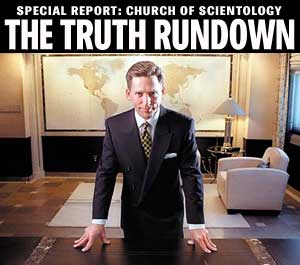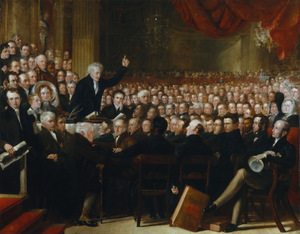Following up on last week’s excellent report on the subtle disruptions caused by newspaper frequency changes, Editor & Publisher looks at the link between reduced frequency and online traffic. Its findings, while preliminary, indicate that newspapers that have backed off from a daily schedule are seeing encouraging reader migration to their websites. At Seattlepi.com, the online successor to the shuttered Post-Intelligencer, unique visitors have grown steadily since the paper went online-only in March, according to executive producer Michelle Nicolosi. “We haven’t lost readers,” she tells Jennifer Saba.
In Detroit, the first major city to lose home-delivered daily newspapers, readers have flocked to websites for the Detroit Free Press and the Detroit News, with April traffic at the Freep shooting up 74%. Also notable is that downloads of the e-editions – or electronic newsprint equivalents — of the two papers increased sevenfold when daily home delivery ended. Executives at other, smaller papers that have trimmed frequency also report encouraging trends online. Although it’s still too early to tell, initial indications are that print readers retain loyalty to their local brands.
St. Pete Times Shows How It’s Done
The St. Petersburg Times has a 15,000 word exposé on the Church of Scientology that serves as an example of how news organizations can transcend the traditional walls between words and other media. The package includes a mini video documentary on the home page that looks like it was done by a television crew. In addition, video interviews with church defectors are aired out for those who want more detail. There’s also a short narrative about how the package was reported, an audio clip of a church spokesman denying the allegations and even an indignant letter from church leader David Miscavige, who is the bad boy in the whole affair. There’s also a rather self-serving list of references from other media outlets to the work done by the Times.
Online Journalism Blog critiques the package, giving a generally favorable remarks. It compliments the paper’s use of links to other sources as a way of providing background rather than rewriting everything in its own words. The blog points out some shortcomings, including spotty use of social media tools to promote and brand the story as its own. Online Journalism Blog should not throw stones, however. Its links to the source material on Tampa Bay.com are mostly dead because of a improper use of a referral URL.
Regrettable Error
Would you fire a reporter over this story? the New Brunswick Telegraph-Journal did. Journalism student and intern Matt McCann was canned for “errors of fact and judgment [that] don’t constitute acceptable journalism at the Telegraph-Journal,” according to a statement by the newspapers editor. McCann’s transgressions included misspelling a name, getting a title wrong and incorrectly identifying the college major of New Brunswick Premier Shawn Graham. That’s sloppy reporting, but the penalty seems a bit out of proportion, especially considering that Maureen Dowd and Chris Anderson have both recently admitted to plagiarism.
Writing in Columbia Journalism Review, Craig Silverman is clearly sympathetic to McCann, going so far as to quote McCann’s own professor saying that he never would have lasted in journalism if such punishments had been meted out in his day. He also quotes a former Telegraph-Journal editor saying that the decision was more likely a political one intended to curry favor with the University than a punishment for sloppy journalism.
Miscellany
The New York Times Co. will throw in the Worcester Telegram as a pot sweetener for anyone willing to take the Boston Globe off its hands, according to a memo obtained by The New York Times. The offer might increase the Globe’s appeal, since the Telegram is reportedly losing money at a far slower rate than its neighbor to the east and effectively has no competition in its local area.
The UK’s Guardian newspaper assembled a gallery of 25 front pages from around the world covering the death of Michael Jackson. The Wall Street Journal also weighs in with the three
different stippling images of Jackson it has run over the past 29 years.



 The Ann Arbor News, which
The Ann Arbor News, which 

 David Healey lost his job at a small Maryland daily recently thanks to downsizing. He didn’t like being cut off from his community, so he started
David Healey lost his job at a small Maryland daily recently thanks to downsizing. He didn’t like being cut off from his community, so he started 

 Newspaper executives met in semi-secrecy this week to ponder collaborative solutions to the industry’s troubles.
Newspaper executives met in semi-secrecy this week to ponder collaborative solutions to the industry’s troubles.

